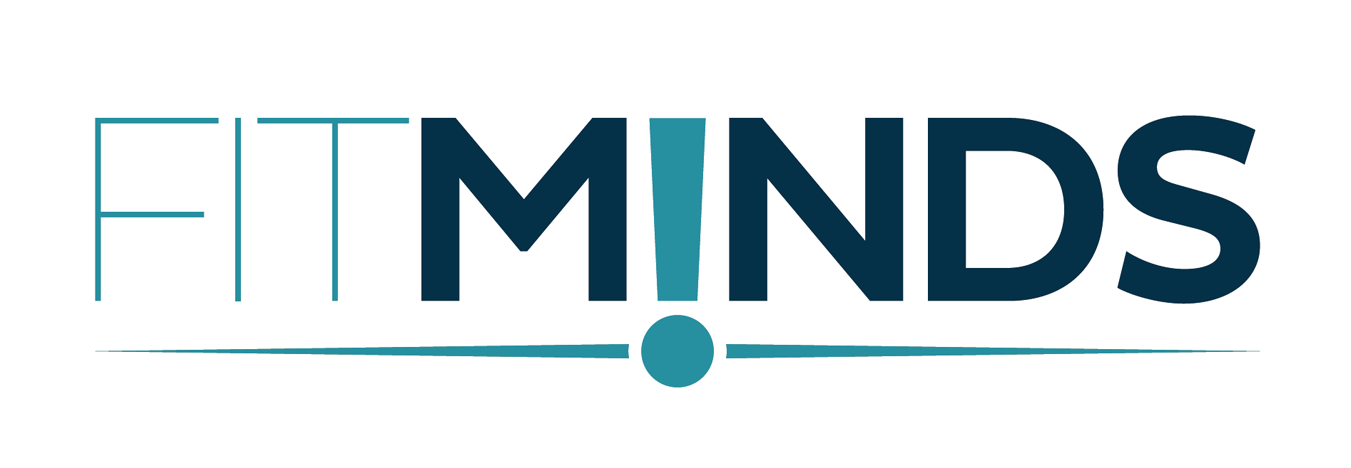In our previous article, we analyzed a tool for portfolio optimization: BCG (Growth Share) Matrix. It analyzed the portfolio of products or business units in two aspects: market attractiveness and long-term profitability.
In this article, we will explain the GE – McKinsey Matrix. It is designed for a similar purpose as BCG Matrix: Portfolio optimization via prioritization of investments. However, it is a bit more complex and it has its own properties.
What is GE – McKinsey Matrix?
One of the most important lessons of economics is scarcity. Resources are always limited and there is never enough of anything to satisfy all those who want it. Apparently, this rule applies to business as well. All companies have limited resources and they must make the most effective use of them. As a result, they are in a constant struggle of finding the most promising business units which are expected to bring the highest returns on investments.
GE – McKinsey matrix takes the stage at this point. It is a framework that offers an organized approach for companies to prioritize their investments among different business units. So, it makes it easier for managers to decide on their investments in a systematic and analytical way. In determining where to invest in, it looks at two measures:
- The attractiveness of the industry
- The competitive strength of the business unit within that industry
Industry attractiveness refers to the future potential profit of a market. To test the attractiveness of a market, the following criteria can be checked:
- Market Growth Rate
- Market Size
- Demand
- Industry Profitability
- Competitive Intensity
- Market Opportunities
Competitive strength refers to attributes that allow a company to outperform its competitors. To assess your competitive strength, look at the following:
- Market share
- Market share growth
- Brand equity
- Distribution access
- Production capacity
By looking at these two measures, you will understand if a market is attractive enough to invest in. Furthermore, you will understand if investing in that market is in line with the competitive advantage of your company.
How to Use GE – McKinsey Matrix?
To construct the matrix, you should first determine the attractiveness of the industry for all your business units. You should decide on this measure by looking at the criteria mentioned above. After making a thorough assessment, assign each business unit to either of these categories in terms of industry attractiveness: low, medium, and high.
Secondly, you should assess the competitive strength of all your business units using the criteria mentioned above. Then, as in the previous case, make the same categorization for all your business units.
Now, you are ready to construct the matrix. You can plot the matrix by putting “competitive strength” on the x-axis and “industry attractiveness” on the y-axis, as shown below. Then, you can place your business units to the matrix according to the results of your assessment.

You should invest in business units in the top-left section to keep them growing. Because those business units are in attractive markets and have competitive advantages. You should be giving as many resources as needed. These resources can be in many forms such as advertising, R&D, and acquisitions.
Business units in the bottom-right section are in declining markets and in a weak competitive position. You should either sell them or reap the harvest. Unless you sell it, you should be assigning minimum cash needed to keep them viable and no more. So, you would not be spending more than necessary.
If a business unit is neither in the top-left nor bottom-right section, you have to be selective about that unit and try to maximize its earnings. This is the part where you should be very careful about your investments. You should invest in that business unit if you predict that it can move to the top-left. Otherwise, treat it as if it is in the bottom-right.
Conclusion
GE – McKinsey Matrix is a practical tool to use your resources efficiently. It offers an analytical approach to manage your portfolio and allows you to get the highest possible returns of your investments. Instead of relying on the future projections of each business unit, it focuses on industry attractiveness and competitive strength. By making use of the implications of this tool, you will be making better decisions in a systematic manner.
Contact us for a comprehensive assessment of your portfolio to optimize your investments and returns.


